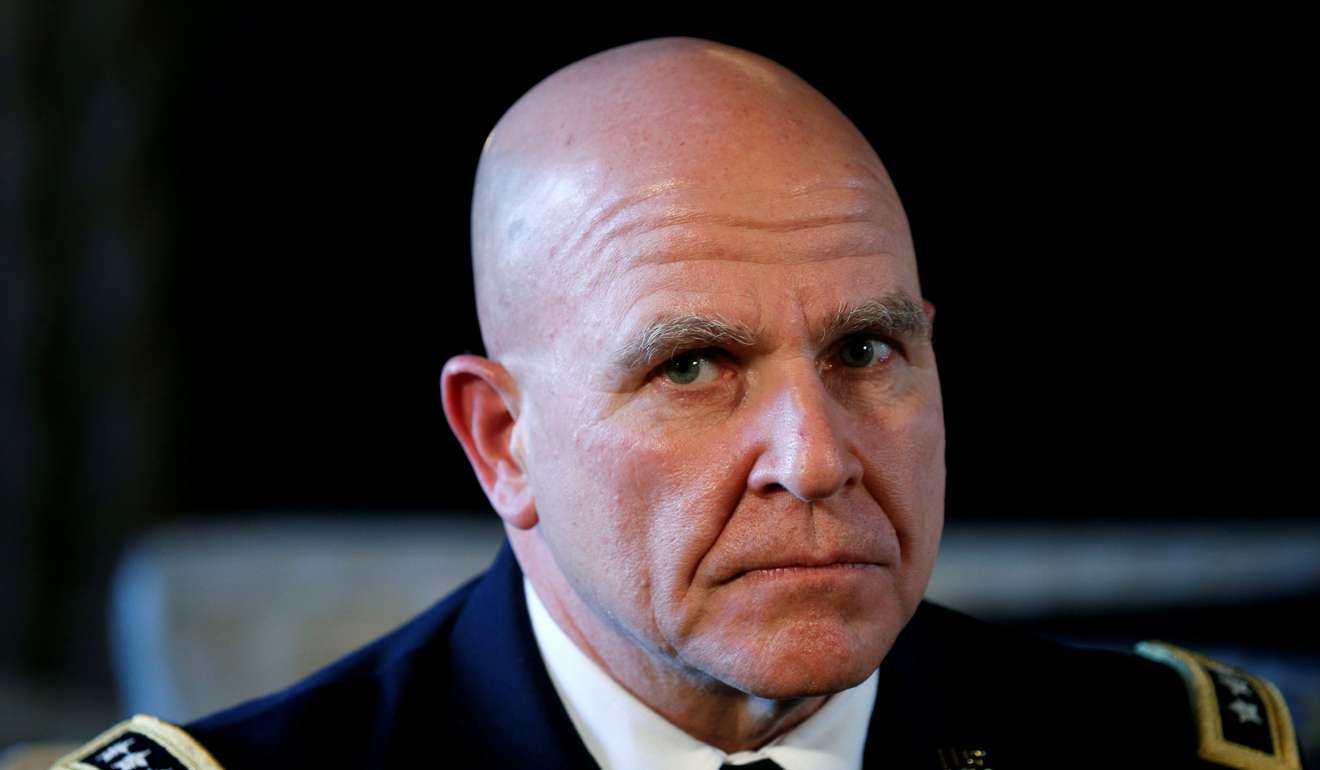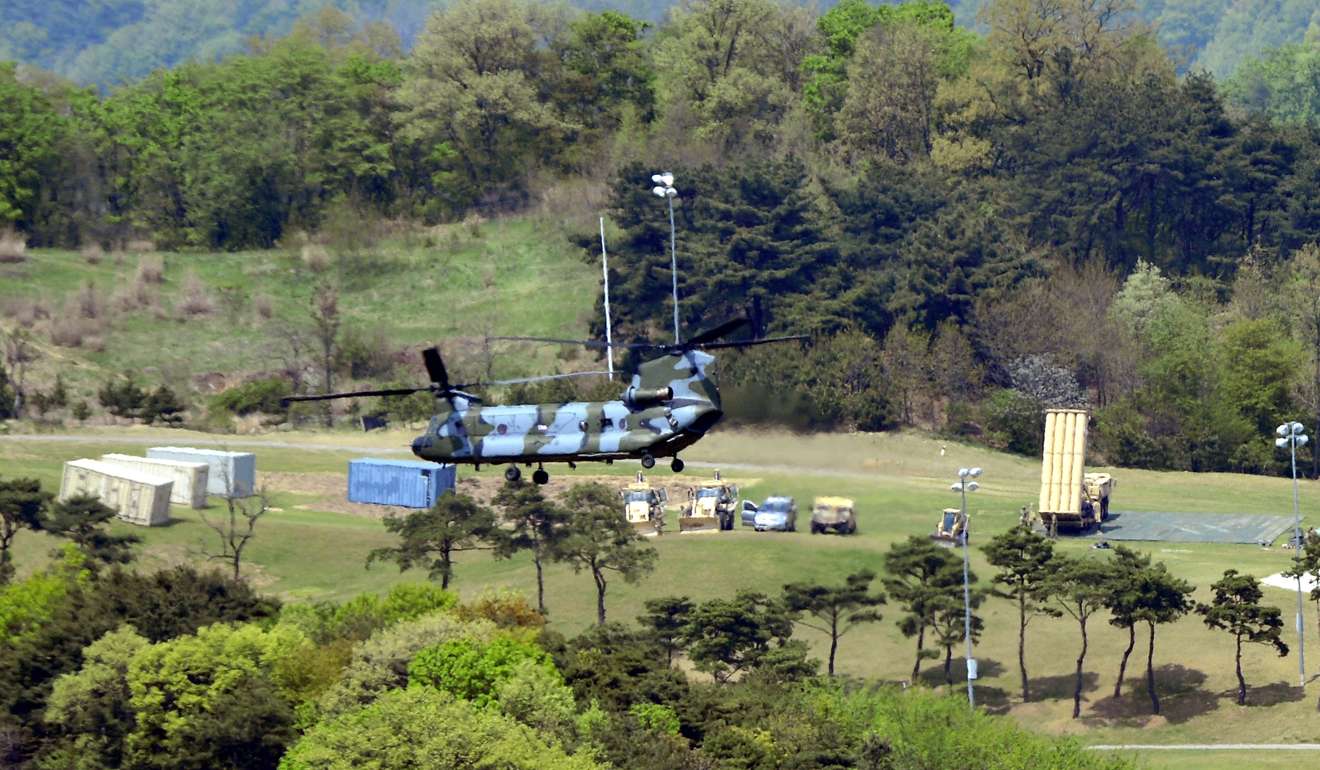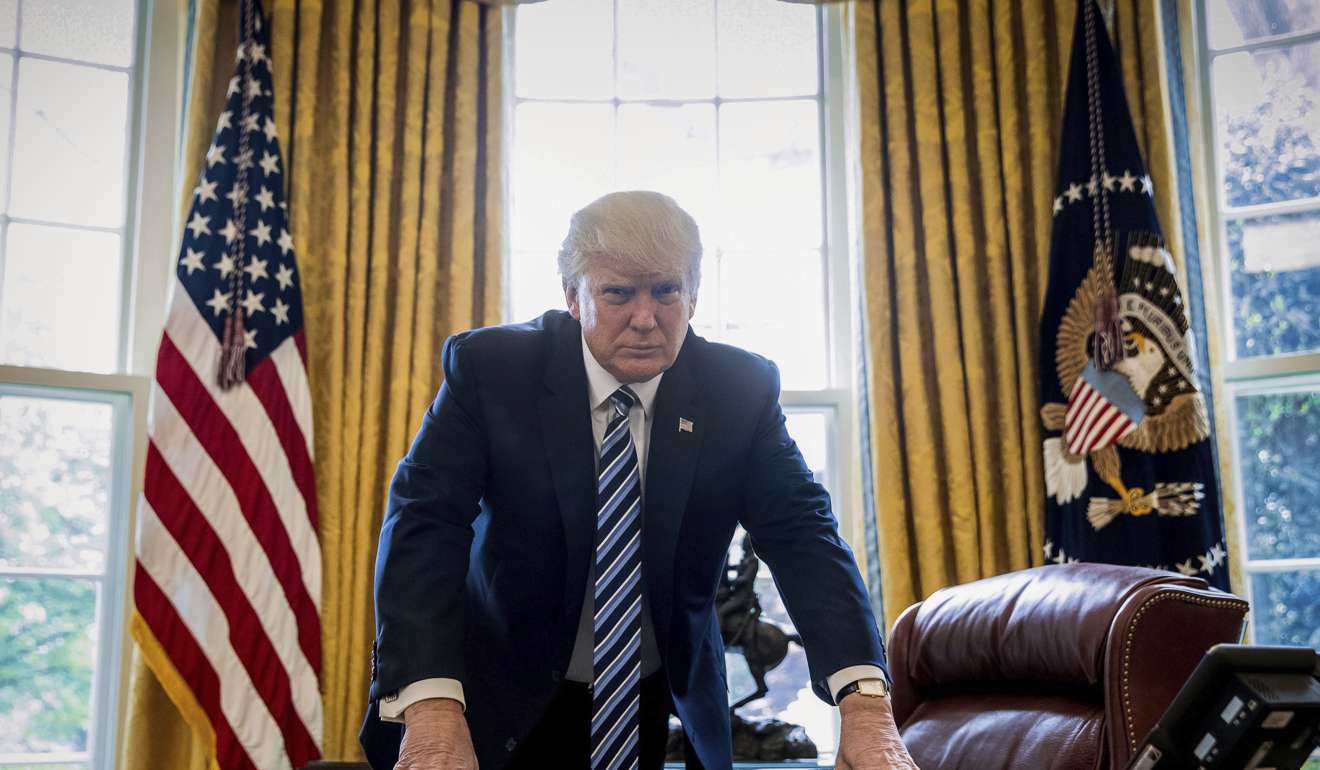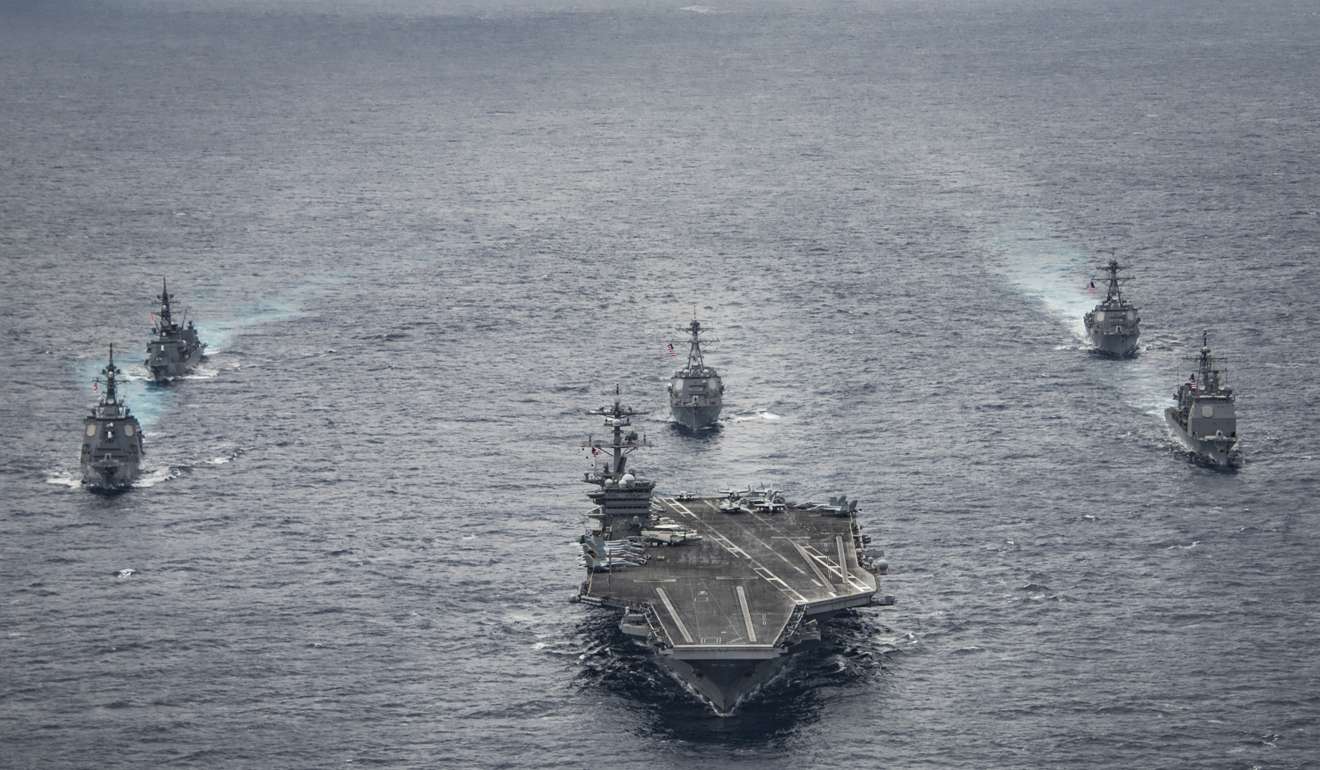
Never mind Trump’s demand, US reassures South Korea it will shoulder cost of THAAD missile system
Donald Trump’s comments that he wanted Seoul to pay for the THAAD deployment perplexed South Koreans and raised questions about his commitment to the two countries’ alliance
South Korea said Washington had reaffirmed it would shoulder the cost of deploying the THAAD anti-missile system, days after US President Donald Trump said Seoul should pay for the $1-billion system designed to defend against nuclear-armed North Korea.
In a telephone call on Sunday, Trump’s national security adviser, H.R. McMaster, reassured his South Korean counterpart, Kim Kwan-jin, that the US alliance with South Korea was its top priority in the Asia-Pacific region, the South’s presidential office said.
Trump, asked about his message to North Korea after the latest missile test, told reporters: “You’ll soon find out”, but did not elaborate on what the US response would be.
South Korean officials responded that the cost was for Washington to bear, under the bilateral agreement.

“National Security Adviser H.R. McMaster explained that the recent statements by President Trump were made in a general context, in line with the US public expectations on defence cost burden-sharing with allies,” South Korea’s Blue House said in a statement, adding that McMaster requested the call.
South Korea and the United States say the sole purpose of THAAD is to guard against North Korean missiles. China says its powerful radar can penetrate its territory and undermine its security and spoke out against it again last week.
The United States is seeking more help from China, the North’s major ally, to rein in Pyongyang’s nuclear and missile development. Trump, in the Reuters interview, praised Chinese counterpart Xi Jinping as a “good man”.

The North has been conducting missile and nuclear weapons related activities at an unprecedented rate and is believed to have made progress in developing intermediate-range and submarine-launched missiles.
Tension on the Korean peninsula has been high for weeks over fears the North may conduct a long-range missile test, or its sixth nuclear test, around the time of the April 15 anniversary of its state founder’s birth.
In excerpts of an interview with CBS News released on Saturday, Trump said the United States and China would “not be happy” with a nuclear test but gave no other details.

On Saturday, Duterte had urged the United States to show restraint after North Korea’s latest missile test and to avoid playing into the hands of leader Kim Jong-un, who “wants to end the world”.
Two-month long US-South Korean joint military drills were due to conclude on Sunday, U.S. and South Korean officials said.
The exercise, called Foal Eagle, was repeatedly denounced by North Korea, which saw it as a rehearsal for war.
In a further show of force, the USS Carl Vinson aircraft carrier group arrived in waters near the Korean peninsula and began exercises with the South Korean navy late on Saturday. The South Korean navy declined to say when the exercises would be completed.

The dispatch of the Carl Vinson was a “reckless action of the war maniacs aimed at an extremely dangerous nuclear war,” the Rodong Sinmun, the official newspaper of North Korea’s ruling Workers’ Party, said.
Intercontinental ballistic rockets will fly into the United States “if the US shows any slight sign of provocation,” the paper said in a commentary on Saturday.
The carrier group has just completed drills with the Japanese navy.
Japanese Defence Minister Tomomi Inada, in an apparent show of solidarity with Washington, has ordered the Izumo, Japan’s biggest warship, to protect a US navy ship that might be going to help supply the USS Carl Vinson, the Asahi newspaper said.

